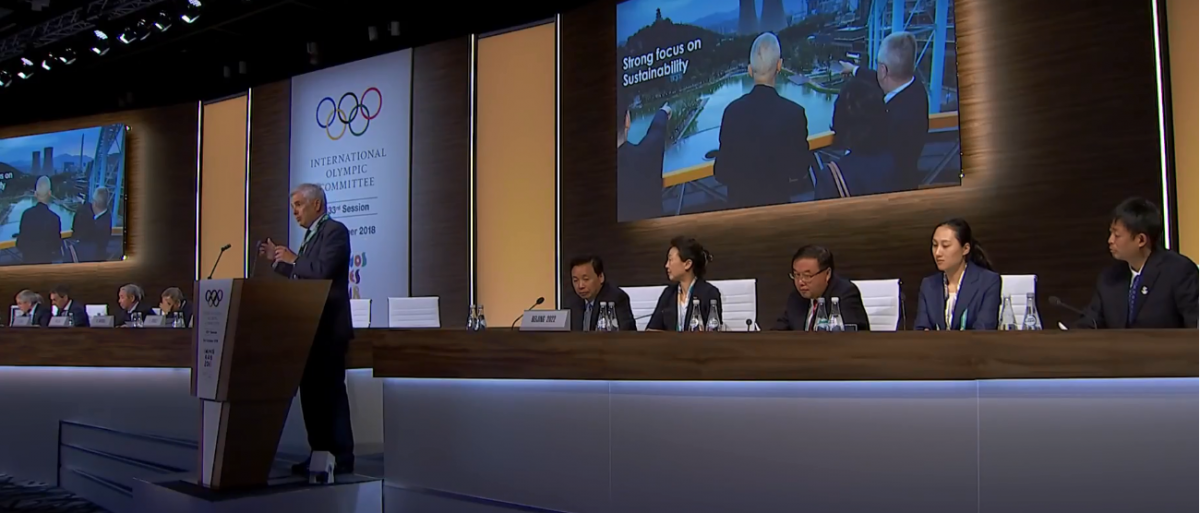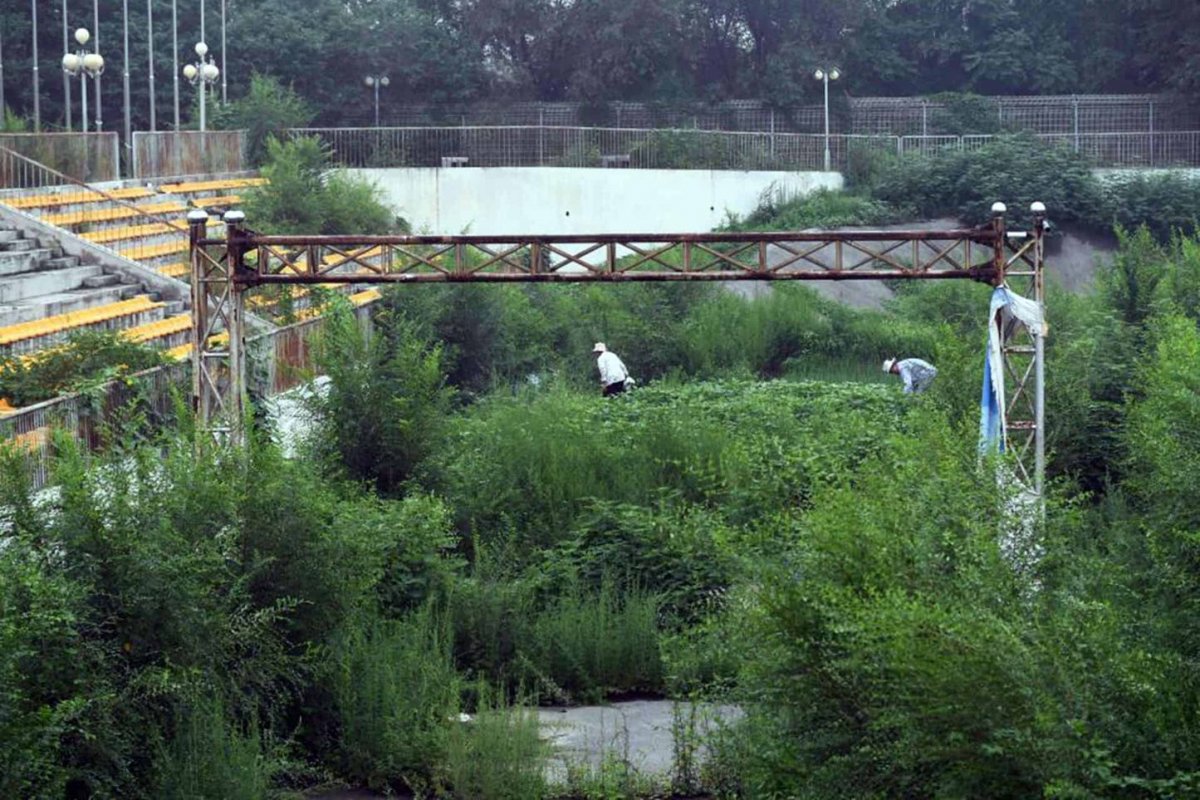OlymPicks: Will Beijing's 2022 Sporting Venues Go to Waste?
OlymPicks is an ongoing blog series whereby we highlight news, gossip, and developments in the buildup to Beijing's 2022 Winter Olympics.
Earlier this month IOC Vice President Juan Antonio Samaranch praised Beijing for its efforts to "ensure the use of competition venues beyond the 2022 Winter Olympics." The fate of such facilities after the Games wrap up has become all the more contentious after prior Olympics host Pyeongchang recently drew criticism for lacking legacy plans for its Gangneung Hockey Centre, the Gangneung Oval, and the Jeongseon Alpine Centre (though officials say they have begun working on a post-Games plan for those venues).
Samaranch said Beijing's plans to work with International Federations (IFs) to avoid such waste or degradation of its Olympics venues is laudable. He added: "They have presented an extraordinarily detailed and precise legacy plan for the facility.”

However, those particulars were not revealed to the media at the time, which would offer little consolation to critics of Beijing's 2008 Summer Olympic officials. After all, Beijing's track record with post-Games facilities after that sporting event isn't exactly gold medal worthy. Just check out this fascinating article from The Travel published last week, which lists 15 abandoned Olympic stadiums that they implore readers to "forever avoid", along with 10 venues that were put to good use.
That list should be troubling for Samaranch and other officials because it points to three 2008 Olympic stadiums that have been left to crumble and become overgrown with weeds. First up: the Laoshan Bicycle Moto Cross Park, which is now clogged with bushes and other plants a decade after playing host to BMX competitions, a sport which the article points out "was never going to take off in China and today the course lays in ruin."

On top of that, the now arid and abandoned kayaking competition stadium (pictured in the lead image above, officially known as the Shunyi Olympic Rowing-Canoeing Park) and Chaoyang Park's Beach Volleyball Ground (which, according to The Travel, "wasn’t intended to be used for anything afterwards, which begs the question of why spend money on it and then let it fall apart?" and featured as the backdrop for our cover in September of last year).
Despite that checkered record, Beijing is by no means the only town to squander some of its Olympic venues (Athens, Sarajevo, Rio, and more were also shamed in the article for deserting some of its facilities). What's more: there have been extensive reports about the Chinese capital's plans to re-use already built venues from 2008 for the 2022 Games along with repurposed coal mines and rock quarries.

Best of all: Beijingers should take heart in the 2008 facilities that have gone on to have lasting legacies, from the Bird's Nest to the Water Cube, both of which were praised by The Travel for being "amazing." The Water Cube's regular usage for everyday swimmers was especially praised, because "at the height of popularity it had 5,000 visitors a day." And while "the pool may not get that now, but it’s still better than destroying the coolest building from the Olympic Games."
READ: Work Up a Sweat With Our Sports Coverage
Photos: thetravel.com, insidethegames.biz







